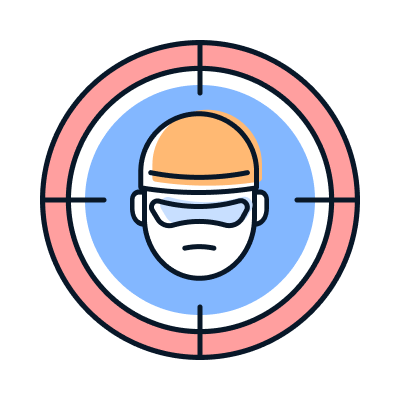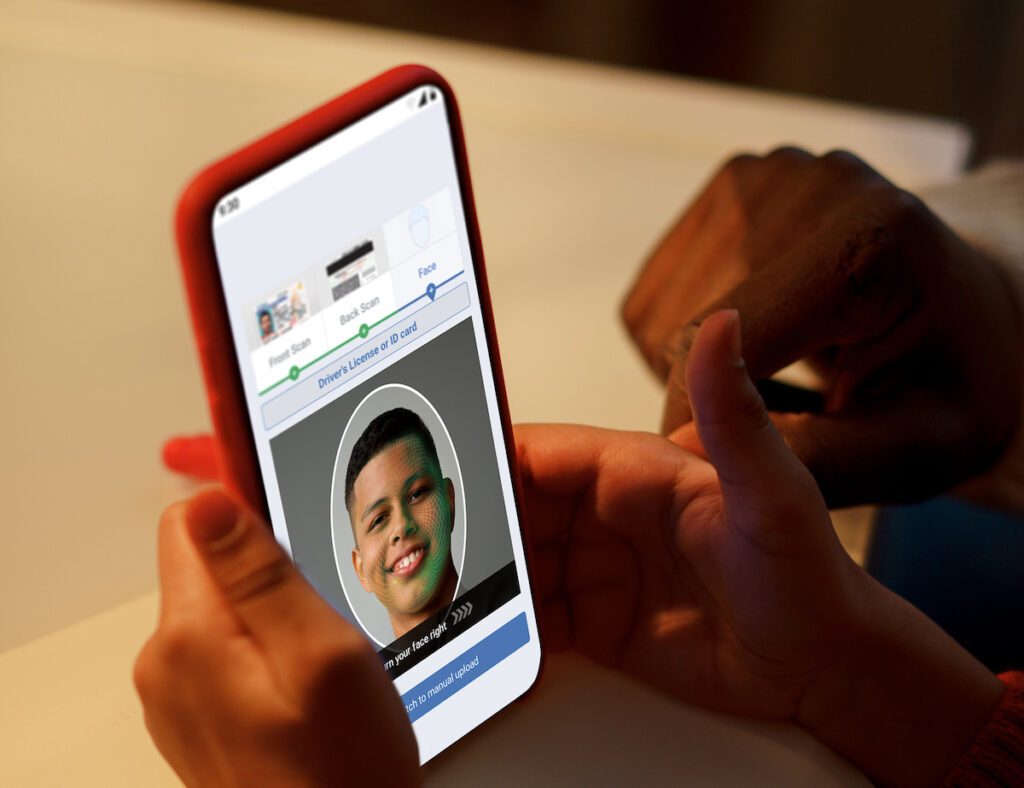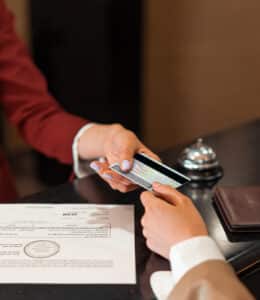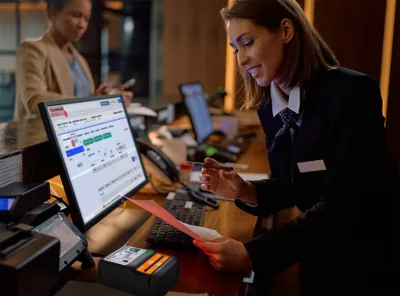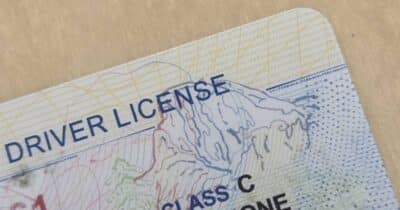Face matching technology
Face matching software that compares selfies and webcam photos to images on IDs using facial recognition software with biometric anti-spoofing.
Preventing deepfakes
Biometric anti-spoofing prevention
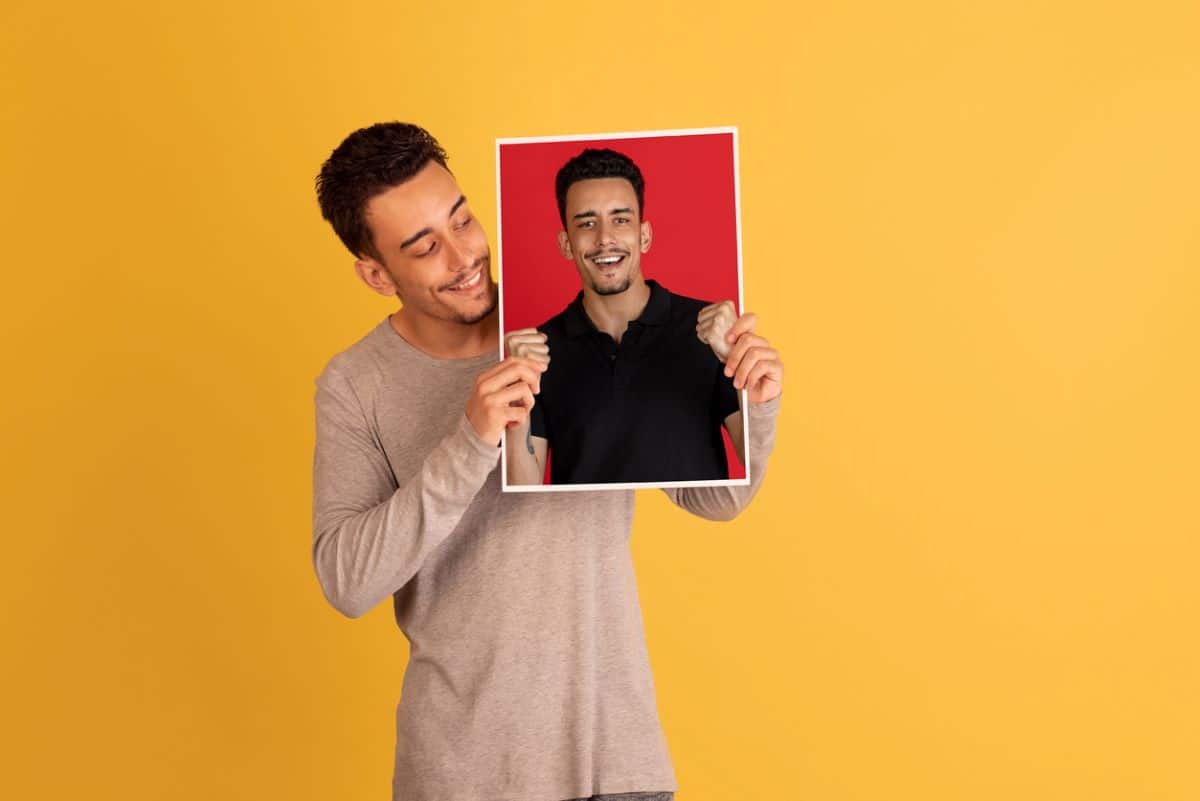
Preventing use of printed photos to fool facial recognition
One of the most common ways fraudsters attempt to fool facial recognition or face matching technology is by using a printed photo of the face on the ID. This attempts to “trick” the facial recognition into believing the ID holder is actually present, and verifying the identity of the criminal.
With social media and the ubiquity of the selfie, it is very easy for criminals to access multiple, high-resolution photos of most individuals to use for this purpose.
Our anti-spoofing prevents against photo attacks by creating a 3D mesh model that can instantly detect if the image is printed or flat. Additionally, we offer lockdown capabilities that ensure live image capture with no ability to upload a photo during the facial recognition process.
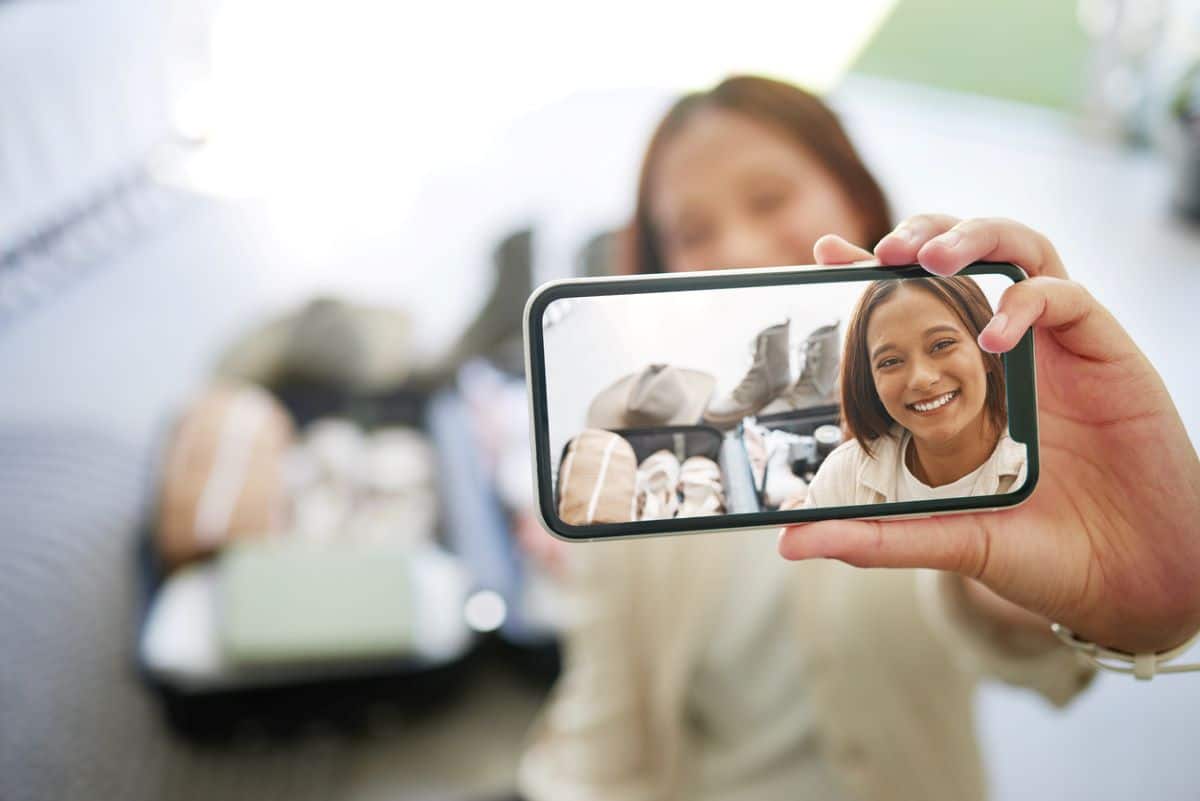
Prevent video-in-video replay attacks
Slightly more sophisticated than photo attacks are video attacks, which use a video of an individual to try and emulate the individual in the ID photo. These videos can be ripped from social media sites, employment websites, or created via deepfake.
Video and replay attacks are dangerous, but our anti-spoofing technology can detect them by looking for forensic evidence that the individual is not live and that the camera is picking up details from a screen.
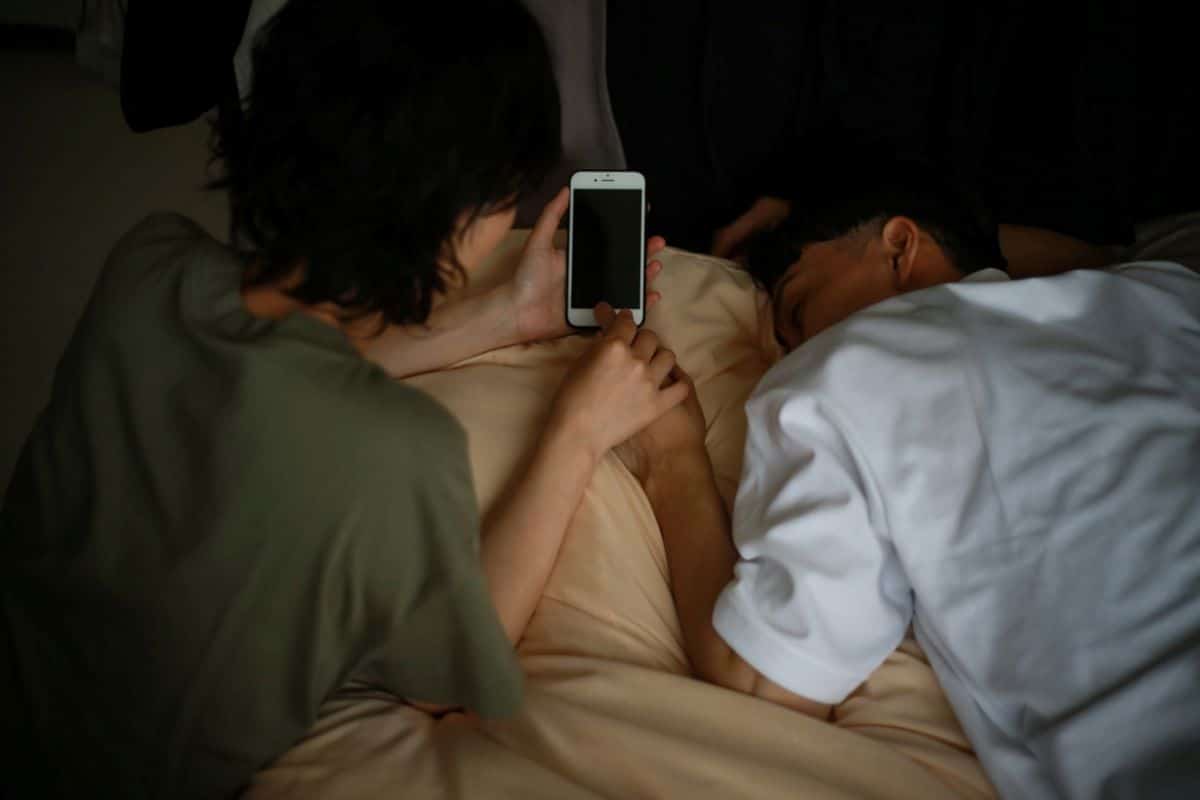
Prevent unauthorized use of an individual’s biometrics
Lorem ipsum dolor sit amet, consectetur adipiscing elit. Donec rhoncus risus id lectus sagittis, et sollicitudin odio condimentum. Sed sed nulla sollicitudin, venenatis metus nec, vulputate orci.

Prevent unauthorized use of an individual’s biometrics
Highly realistic 3D masks can be fabricated for as little as $100. This is pocket change when it comes to identity theft, and sophisticated scammers use 3D masks to impersonate legitimate individuals.
Our anti-spoofing technology looks for giveaways that indicate a 3D mask is being used, and uses specific liveness technology that makes these “tells” more apparent.
How face matching software works
First, scan the customer’s ID. Then, using a webcam or mobile device, take a well-lit image of the customer’s face. Our algorithm can determine whether the ID and the individual are a match, or not.
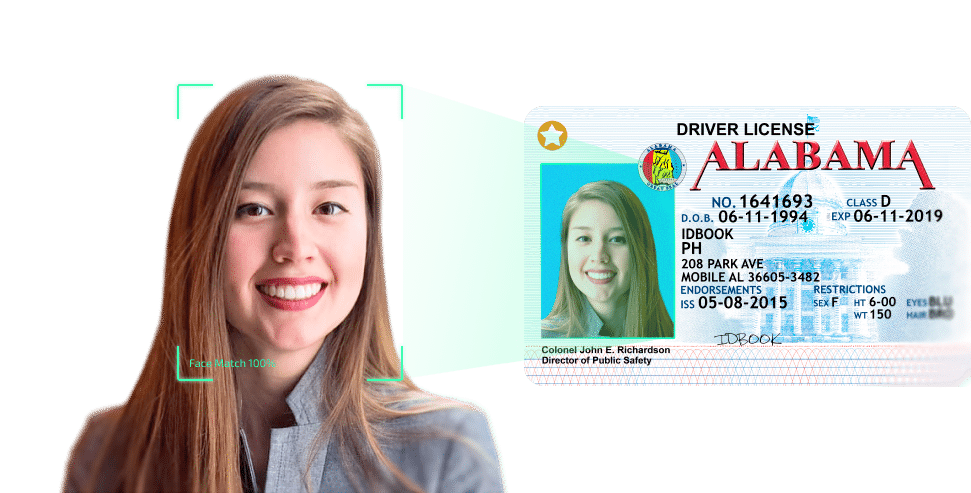
Customer’s ID photo creates face template
Our face matching technology automatically finds the photo on the ID and creates a multi-point template based on the individual’s facial features.

Customer face is compared to ID photo
Using a front-facing selfie, or connected webcam, the customer is guided through a short video while the software compares their face to the facial template created from the ID photo.
Face matching software features
Our face match technology is robust, yet flexible, to meet the unique needs of our customers
Facial auto-focus
Software automatically finds human faces in both photos and videos
Compare face A to face B
Immediately compare one face to a second face.
Facial points template
Create multi-point templates based on the facial visual.
Template storage
Store templates of faces you have analyzed in the past.
Custom match thresholds
Determine your own confidence interval for a successful match.
Anti-spoofing
Protect against photo, video, replay, and 3D mask attacks.
Liveness checks
Ensure the individual is a live human with liveness detection.
Match results in 3 seconds
Speedy results to instantly confirm the face match.
Demographic detection
Age, gender, ethnicity and more.
Emotion detection
Joy, anger, surprise, etc.
Mobile devices
Works with iOS and Android
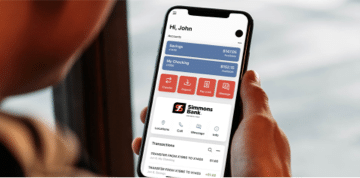
Integrated Anti-spoofing
See how a major banking platform uses anti-spoofing and liveness checks to prevent almost all instances of identity fraud.
Facial recognition software
Ensure your face matching technology catches fraudsters without creating friction

Face matching selfies
During the digital identity verification process
Our DIVE API solution offers end-to-end identity proofing using the customer’s mobile device. This includes a selfie video which is compared to the previously captured ID photo.
- Utilizes end user mobile device
- Protects against replay/video attacks
- Protects against photo attacks
- Protects against spoofing using a 3D mask
IDScan.net Face matching FAQ
Where is face matching technology available?
We offer face match inside our digital identity verification product and our age restricted vending solution.
How does facial recognition help prevent crime?
Images of customers make searching databases and visual recall much easier in the event of an incident or law enforcement investigation.
How accurate is your facial recognition?
Our software is able to provide a result (match/failure) in over 99% of cases.
How is face matching a part of identity proofing?
The Gartner definition of “identity proofing” typically requires that users verify who they are with some type of biometric identifier. A facial template is easy to create using the technology inside their mobile phone and can be matched against their ID photo.
How is face matching a part of KYC?
Face matching is considered the most secure way to verify that the individual holding an ID is also the individual opening the account. Without face matching, any individual could steal or borrow the ID of another person, and use the false ID to open an account. The ensures that banks meet basic KYC/AML protocols.
Can facial recognition be used for access control?
Yes. Face matching technology can be integrated with access management systems which can activate gates and door locks.

